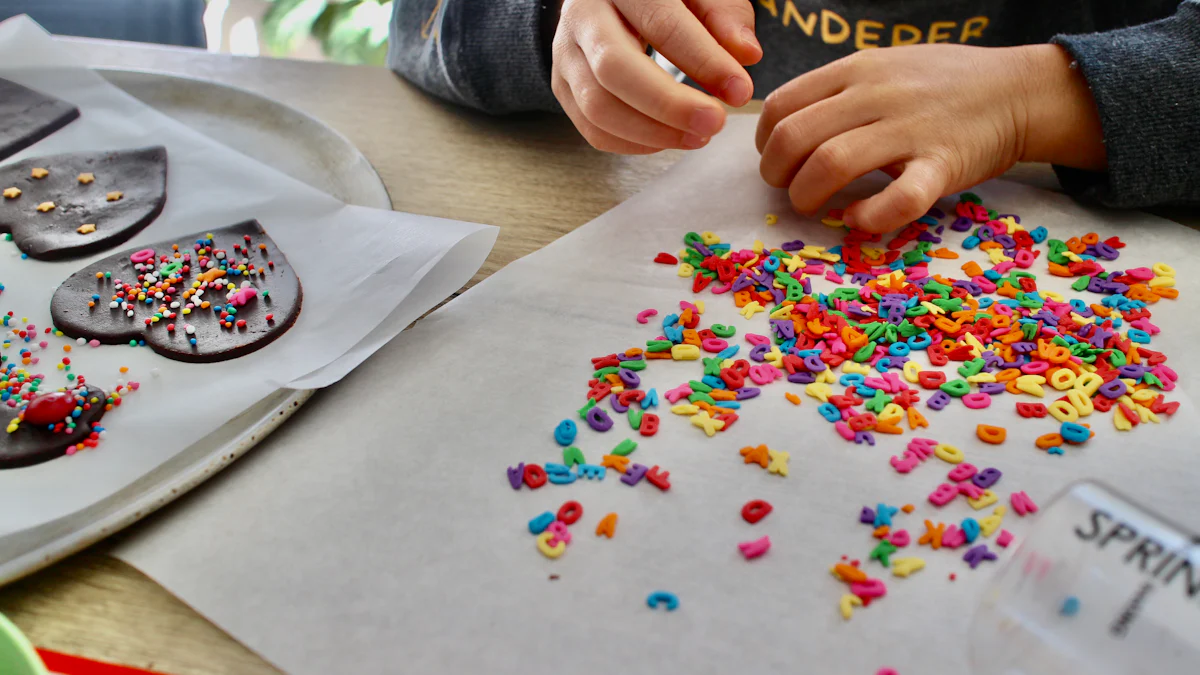The Do's and Don'ts of Parenting with Positive Discipline

Parents today are busier than ever. The American Academy of Pediatrics emphasizes the importance of Positive Discipline. Children thrive on boundaries and Guidance. AAP policy statement highlights the need for ADHD Treatment and Child Anxiety Treatment. Beth Feldman and Ariana Zahn, experts in Child Counseling, stress the role of parents. Parents must focus on LOVE and Gratitude. Discipline and Atypical Child Development require Perfectionism Treatment. Jason Lewis and Joseph Sacks offer insights into Behavior and Discipline. Give your child a Model to follow. MAMA LOVE and LOVE IVYour Zen play crucial roles in Parenting Counseling.
Understanding Positive Discipline
Core Principles
Encouragement over Punishment
Positive discipline focuses on encouragement. Encouragement helps children learn from mistakes. Praise efforts and achievements. Avoid punishment that creates fear. Fear hinders growth and learning. Encourage children to try again. Support builds confidence and resilience.
Building Mutual Respect
Mutual respect strengthens relationships. Listen to your child's thoughts and feelings. Show empathy and understanding. Respect fosters trust and cooperation. Model respectful behavior. Children learn by example. Treat children with kindness and fairness.
Benefits
Long-term Behavioral Change
Positive discipline leads to lasting change. Children understand consequences better. They learn self-control and responsibility. Consistent guidance shapes positive habits. Positive habits become lifelong skills. Children grow into responsible adults.
Strengthening Parent-Child Relationship
Positive discipline enhances connections. Open communication builds trust. Trust deepens the parent-child bond. Shared experiences create lasting memories. A strong bond supports emotional well-being. Children feel secure and valued. A loving relationship encourages open dialogue.
The Do's of Positive Discipline
Consistency
Establishing Routines
Routines create stability for children. Predictable schedules help children feel secure. Regular activities like bedtime and meals provide structure. Consistent routines reduce anxiety and confusion. Children know what to expect each day. Stability fosters a sense of safety.
Setting Clear Expectations
Clear expectations guide behavior. Children understand boundaries with specific rules. Explain rules in simple terms. Consistent expectations prevent misunderstandings. Children learn responsibility through clear guidelines. Clear communication builds trust and respect.
Positive Reinforcement
Rewarding Good Behavior
Rewards motivate children to repeat good actions. Offer praise or small rewards for positive behavior. Recognize efforts, not just results. Rewards encourage a sense of achievement. Positive reinforcement strengthens desired behaviors. Children feel valued and appreciated.
Using Praise Effectively
Effective praise boosts confidence. Focus on specific actions when praising. Highlight effort and improvement. Avoid vague compliments. Specific praise helps children understand their strengths. Encouragement inspires continued growth and learning. Children develop self-esteem through genuine recognition.
The Don'ts of Positive Discipline
Avoiding Negative Language
Impact of Criticism
Criticism often leads to resentment. Encouragement fosters growth and confidence.
Alternatives to "No"
Encourage problem-solving and creativity. Empower children to make better decisions.
Steering Clear of Physical Punishment
Understanding Consequences
Physical punishment teaches fear, not understanding. Children may learn to hide mistakes. Fear-based discipline damages trust. Children need to understand the impact of actions. Teach responsibility through natural consequences. Guide children to learn from experiences.
Promoting Non-violent Solutions
Non-violent solutions build respect and empathy. Encourage open communication to resolve conflicts. Model calm and respectful behavior. Teach children to express feelings constructively. Foster an environment of safety and support. Children thrive in a nurturing atmosphere.
Strategies for Effective Communication

Active Listening
Techniques for Engagement
Active listening requires focus and attention. Maintain eye contact to show interest. Nod occasionally to acknowledge understanding. Use verbal affirmations like "I see" or "I understand." Ask open-ended questions to encourage sharing. Reflect back what you hear to confirm understanding. Engagement strengthens the connection with your child. Active listening requires focus.
Validating Feelings
Validation of feelings builds trust. Acknowledge emotions without judgment. Say, "I see you're upset," to show empathy. Recognize that all feelings are valid. Encourage children to express themselves freely. Offer comfort and support during emotional moments. Validation helps children feel understood and valued. Encourage children to express.
Clear Instructions
Age-appropriate Language
Use language suitable for your child's age. Simple words ensure comprehension. Avoid complex terms that confuse. Break instructions into small steps. Use visual aids if necessary. Clarity prevents misunderstandings and frustration. Children respond better to clear guidance.
Ensuring Understanding
Check for understanding after giving instructions. Ask children to repeat what they heard. Clarify any confusion immediately. Provide examples to illustrate points. Use gestures or demonstrations if needed. Ensure children know what to do next. Understanding leads to successful task completion.
Handling Challenging Situations
Dealing with Tantrums
Staying Calm
Staying calm during tantrums helps manage the situation effectively. Deep breaths can reduce stress. A calm demeanor reassures the child. Children often mirror adult emotions. Calmness sets a positive example. Patience allows for better problem-solving.
Redirecting Attention
Redirecting attention can defuse a tantrum. Offer an engaging activity or toy. Suggest a different location to change the environment. Distraction shifts focus from frustration. Creative redirection encourages cooperation. Positive alternatives guide behavior constructively.
Addressing Defiance
Collaborative Problem Solving
Collaborative problem solving involves working together. Discuss the issue with the child. Encourage sharing of thoughts and feelings. Brainstorm solutions as a team. Joint efforts build trust and respect. Cooperation fosters a sense of responsibility.
Setting Boundaries
Setting boundaries provides clear guidelines. Explain rules and consequences clearly. Consistent enforcement ensures understanding. Boundaries create a safe environment. Children learn limits through structure. Respectful boundaries promote healthy development.
Encouraging Independence

Allowing Choices
Empowering Decision Making
Empower children by offering choices. Empower children by offering choices. Provide options that suit their age. Encourage kids to make decisions confidently. Celebrate when they choose wisely. Support helps build self-esteem and independence.
Balancing Freedom and Responsibility
Balance freedom with responsibility. Set clear expectations for each choice. Explain the consequences of actions. Guide children to understand limits. A balanced approach fosters maturity and growth.
Fostering Problem-solving Skills
Guiding Through Challenges
Guide children through challenges with patience. Encourage them to think of solutions. Offer support without taking over. Praise efforts in overcoming obstacles. Problem-solving builds resilience and confidence.
Encouraging Critical Thinking
Encourage critical thinking by asking questions. Challenge children to explore different viewpoints. Discuss possible outcomes of decisions. Inspire curiosity and open-mindedness. Critical thinking enhances decision-making skills.
Embrace the key strategies of positive discipline. Consistency and positive reinforcement guide children toward growth. Encourage ongoing learning and adaptation. Parenting requires flexibility and openness to change. Time and patience play crucial roles in nurturing development. Every moment spent understanding and guiding your child strengthens bonds and builds a brighter future. Celebrate each small victory and learn from challenges. Positive discipline fosters a loving and respectful environment where children thrive.
See Also
Finding Harmony Between Discipline and Compassion in Parenting
Effective Strategies for Parenting a Sensitive Child with Gentleness
Dispelling Misconceptions Surrounding Parenting Strong-Willed Children
Redefining Parenting: Breaking Toxic Habits to Raise Resilient Children
Establishing Parental Authority Without Harming Your Relationship with Your Child

